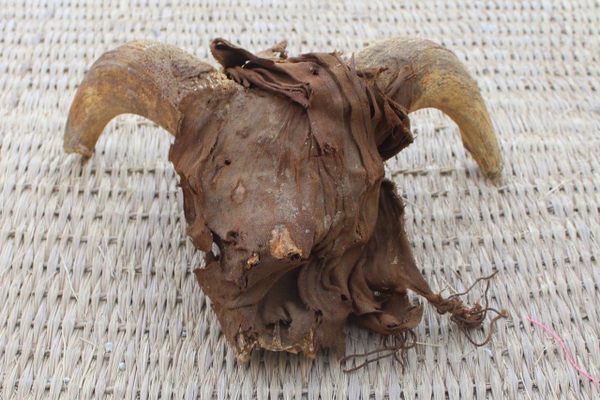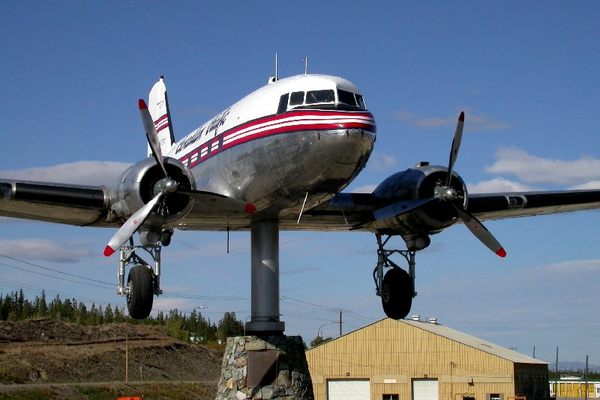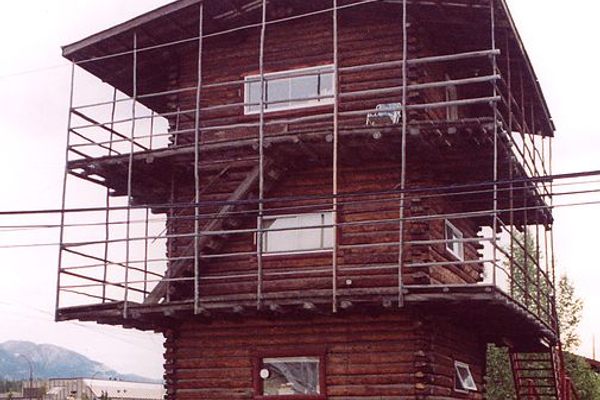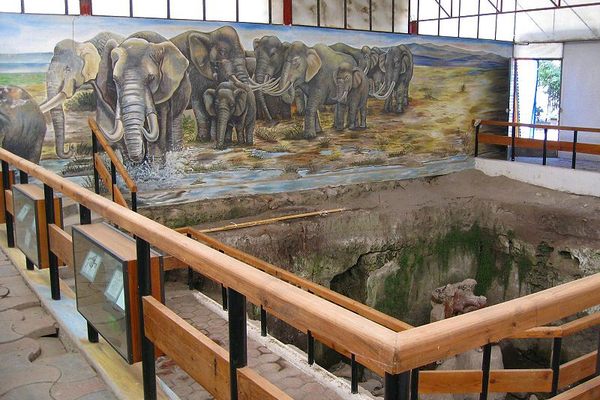Yukon Beringia Interpretive Centre
Home to a full cast of the largest woolly mammoth ever recovered in North America.
Few prospectors for Yukon gold would have expected to unearth the bones and tusks of ancient creatures but for some, that’s exactly what happened. More than a century later, the Yukon Beringia Interpretive Centre in Canada houses a full cast of the largest woolly mammoth ever recovered in North America.
The center was opened in 1997 and transports its visitors to the land bridge that connected Asia and North America through interactive exhibits on its landscape, climate, flora, and fauna, as well as the people who lived there. One of the highlights is the reconstruction of the Bluefish Caves archaeological site, which is one of the oldest in the region. The building’s architecture has also won several awards for its innovative and controversial design, which has been described by its detractors as resembling a “Klingon gas station.”
An important part of the wildlife of the Ice Age, woolly mammoths crossed from Eurasia into Alaska 15 million years ago and roamed the Yukon steppes until their extinction approximately 11,000 years ago. A local legend in the Yukon tells of starving miners being forced to subsist off of defrosted rotten mammoth flesh during the gold rush. Discoveries of mammoth bones, hair, and skin by gold miners continue to this day.
To commemorate these findings, there are also three statues of the majestic creatures right outside the building.
Know Before You Go
The mammoth sculptures are located outside the Yukon Beringia Interpretive Centre, immediately adjacent to the Erik Nielsen Whitehorse International Airport along the Alaska Highway. It is possible to access the site on foot from downtown Whitehorse, via the Black Street stairs. At the top of the stairs turn right and follow the trail around the airport. Driving from downtown Whitehorse, you can get to The Centre by following Two Mile Hill Road to the Alaska Highway, then heading towards the airport. Access is also possible by public bus from downtown via the same route. The museum is open daily from 9 a.m. to 6 p.m. in summer and 12 p.m. to 5 p.m. in winter, though the mammoth sculptures outside can be accessed 24 hours a day.




















Follow us on Twitter to get the latest on the world's hidden wonders.
Like us on Facebook to get the latest on the world's hidden wonders.
Follow us on Twitter Like us on Facebook